Little planetary embryos formed these rocky worlds.
A new study suggests Earth and Mars formed from colliding material in the inner Solar System, which could shape planetary formation theories.


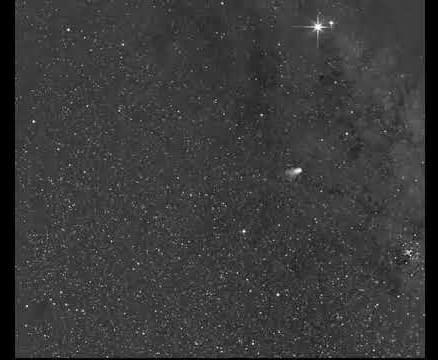
Comet Leonard streaks across the field of view of the SoloHI telescope aboard ESA/NASA’s Solar Orbiter spacecraft on Dec. 17–19, 2021. The comet’s apparent backward movement is due to the spacecraft’s relative motion.
Credits: ESA/NASA/NRL/SoloHI/Guillermo Stenborg

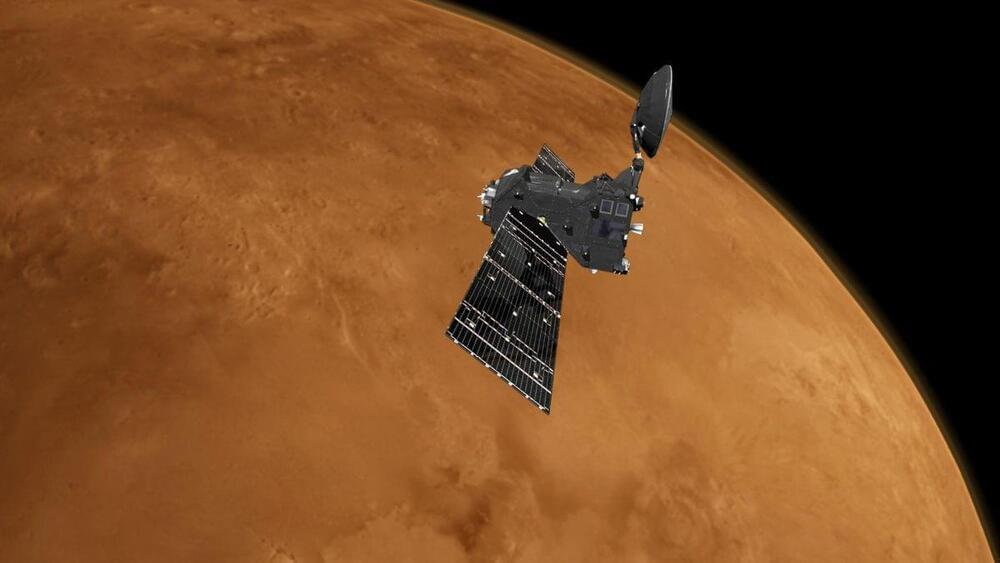
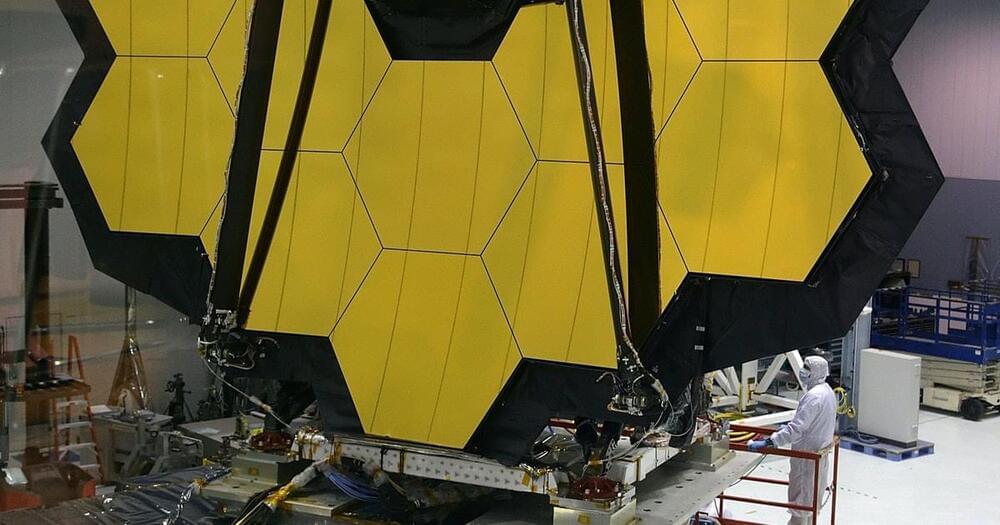
The long awaited space telescope is just days from launch, but it’s dozens of steps, and millions of miles, away from doing science.
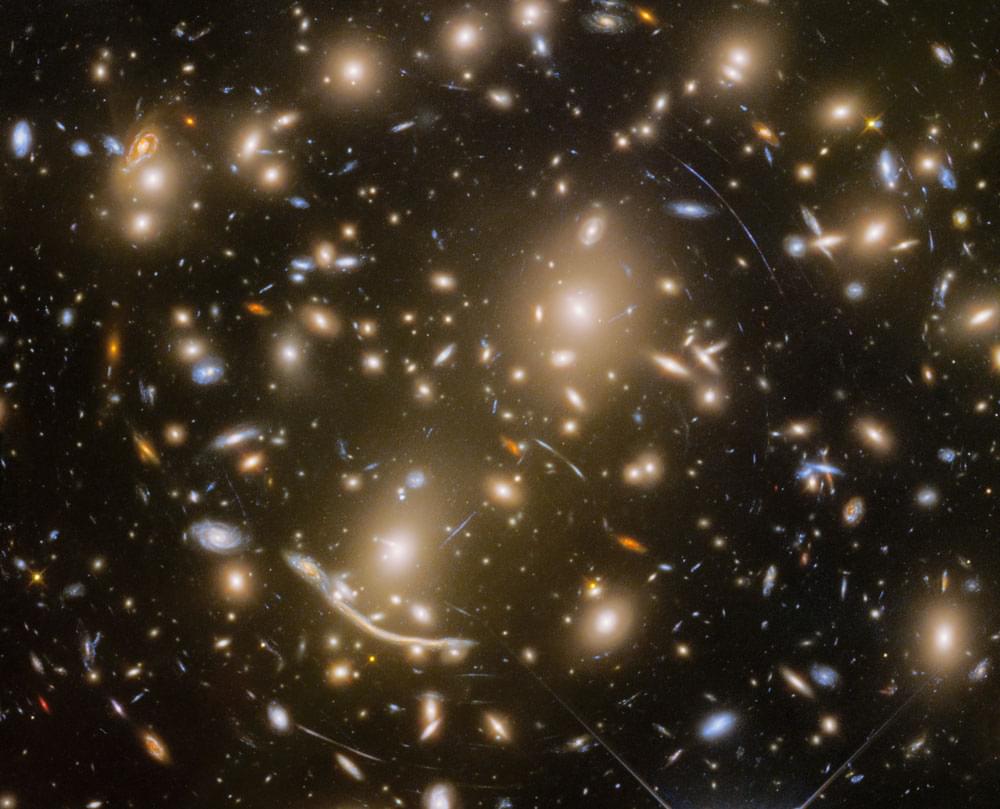

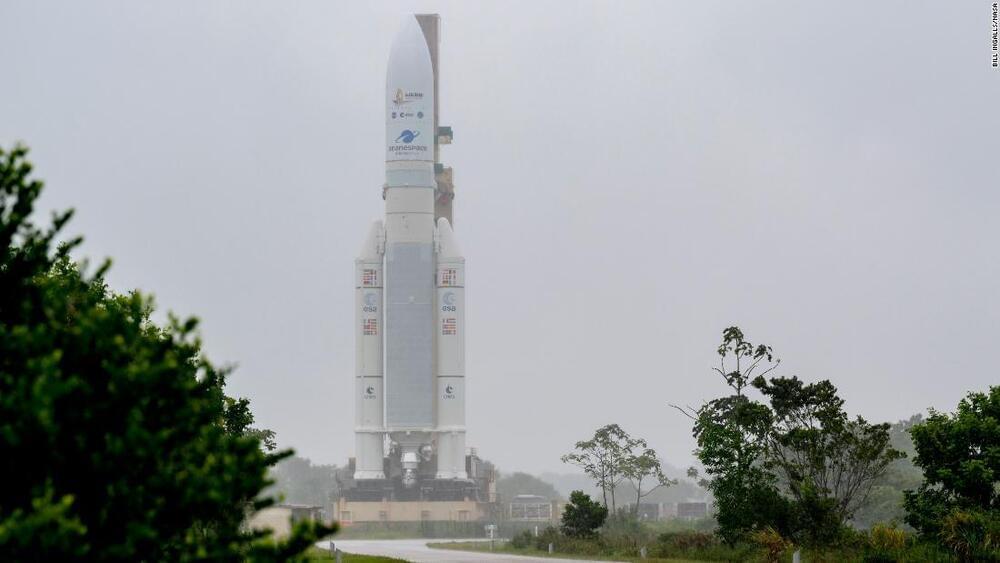
The James Webb Space Telescope is finally on the launchpad. The space observatory, safely tucked inside an Ariane 5 rocket, is expected to launch on December 25.
The rocket and its precious cargo rolled out to the Arianespace ELA-3 launch complex at Europe’s Spaceport located near Kourou, French Guiana on Wednesday.
The rollout took about two hours to complete, according to NASA.
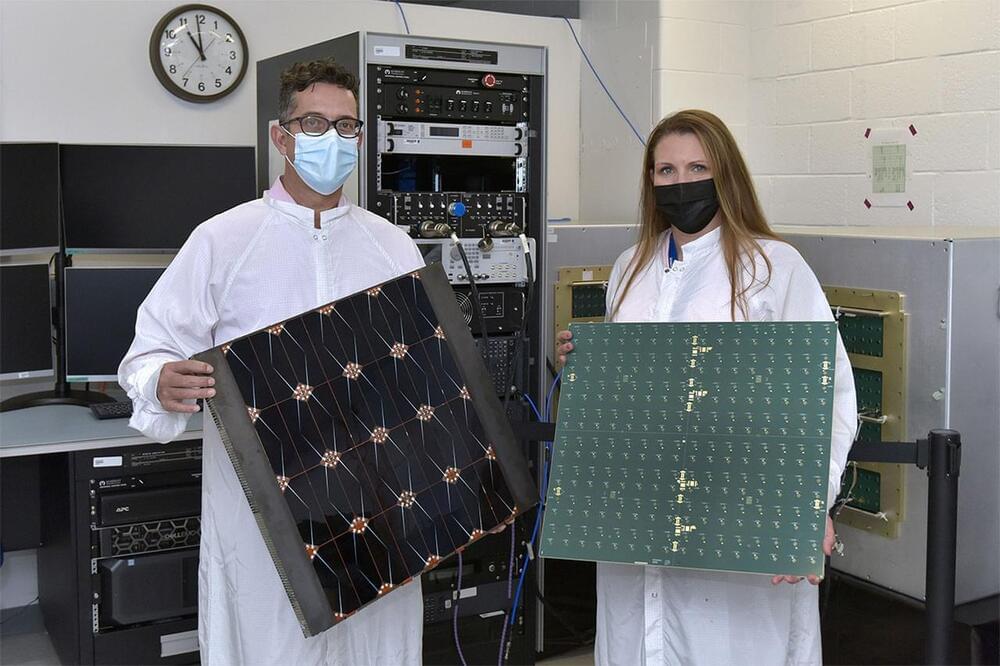
The Air Force Research Laboratory’s (AFRL)and Northrop Grumman’s Space Solar Power Incremental Demonstrations and Research (SSPIDR) Project announced that they are one step closer to collecting solar energy in space and transmitting it to Earth using radio frequency (RF). The team has successfully conducted the first end-to-end demonstration of key hardware for the Arachne flight experiment.
A ground demonstration of novel components for the “sandwich tile” was used to successfully convert solar energy to radiofrequency (RF) – a fundamental step required to pave the way for a large-scale solar power collection system in space. For this to work, it is necessary to use receiving antennas on Earth to convert RF energy into usable power.
Space solar power is a key focus of AFRL, which awarded Northrop Grumman a $100 million contract in 2018 for the development of a payload to demonstrate the key components of a prototype space solar power system. The sandwich tile is currently under development as an essential payload component for Arachne and as a building block for a large-scale operational system.